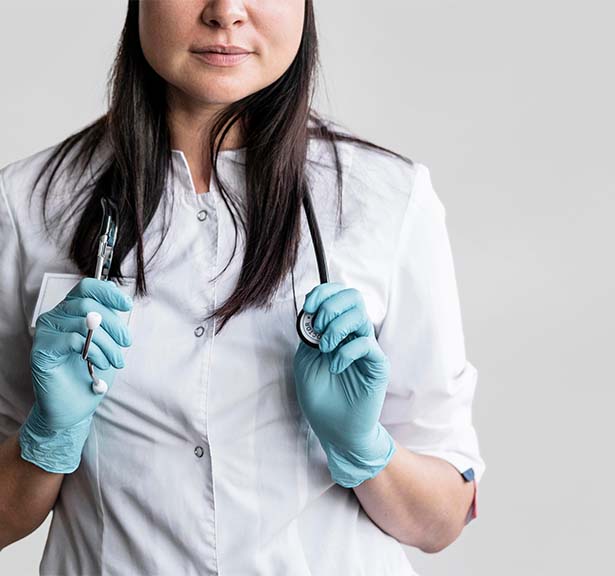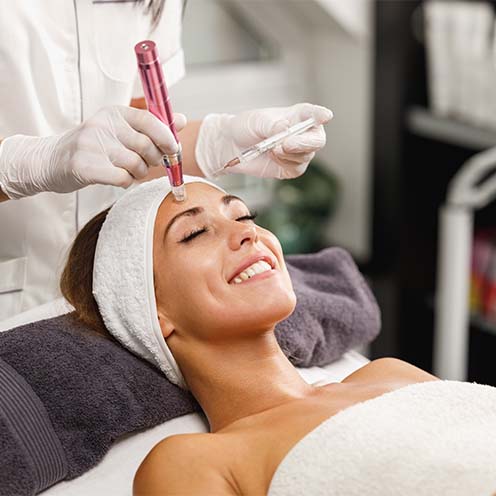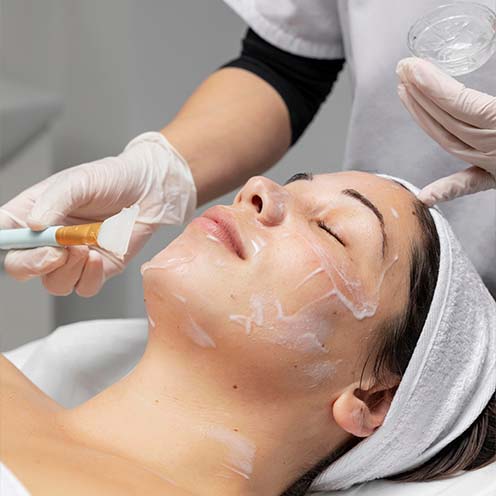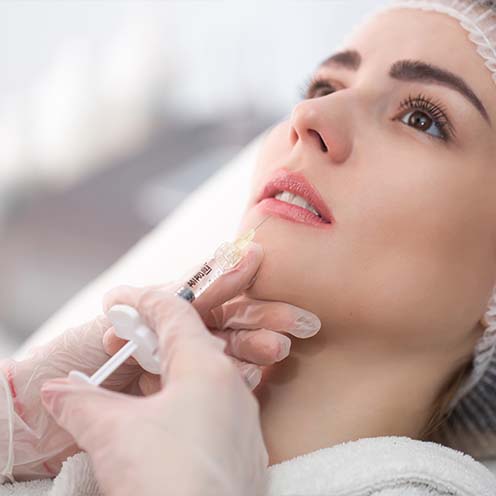Aesthetic medicine is transforming healthcare, and nothing sets you apart like basic aesthetic training.
As patient demand for minimally invasive enhancements continues growing, nurses, physicians, and dental assistants across the US are pursuing training for aesthetics to meet market needs and enhance their skill sets.
Our course covers hands-on modules that sharpen your technique and certification pathways that unlock new career opportunities.

Our aesthetic nurse training program welcomes licensed healthcare professionals from diverse backgrounds, recognizing that aesthetic medicine benefits from varied clinical perspectives and expertise.
Eligible professionals include:


This minimally invasive treatment has gained tremendous popularity due to its effectiveness and minimal downtime, making it an excellent addition to any aesthetic practice.
Texas Academy of Medical Aesthetics (TAMA) offers microneedling training online options, providing flexibility for busy practitioners while maintaining educational quality.
Providers complete training with a thorough understanding of treatment customization based on individual patient needs, skin types, and desired outcomes.



From Botox and fillers to specialized treatments, expert-led courses combine science, safety, and artistry with flexible scheduling and financing options.
Access real hands-on experience, clinical guidance from experienced injectors, and a curriculum meeting industry standards. Our programs are trusted by hundreds of providers across the U.S. transitioning into aesthetic practice.
Take your first step with basic aesthetic training—your foundation for success in one of healthcare’s fastest-growing fields.
To get trained in aesthetics, you must enroll in a program designed for licensed medical professionals like nurses, physicians, or dentists.
Training typically includes both theory and hands-on practice in procedures like Botox®, fillers, and skin treatments. You can choose in-person, online, or hybrid formats depending on your schedule and goals.
Certification requirements vary by state, but most providers must complete accredited training programs and hold an active medical license (RN, NP, PA, MD, etc.).
After completing the course, you’ll receive a certificate of completion that proves your competency in aesthetic procedures.
Becoming a licensed aesthetician requires completing a state-approved program, which usually involves a certain number of in-person hours, even if some theory can be completed online.
After training, you must pass a state board exam to earn your license. Purely online licensing is generally not available due to hands-on skill requirements.
Each location provides personalized guidance for injector training, helping you build skills, confidence, and a thriving practice.
INSIDE BIRTHCO,8312 Burnet Rd 107 #B,Austin, TX 78757
(512) 599-8978
2660 FM 407 100 #B,Bartonville, TX 76226
(940) 784-6822
6222 Colleyville Blvd # B,Colleyville, TX 76034
(817) 768-9230
2520 N Carroll Ave B,Dallas, TX 75204
(214) 644-7323
INSIDE MATTISON AVE SUITES,4701 West Fwy Suite 152 #B,Fort Worth, TX 76107
(817) 886-8177
Inside of Phenix Suites of Willow Bend,5964 W Parker Rd Suite 107 #B,Plano, TX 75093
(972) 781-9340
250 Ed English Dr 3D B,Shenandoah, TX 77380
(281) 825-4203